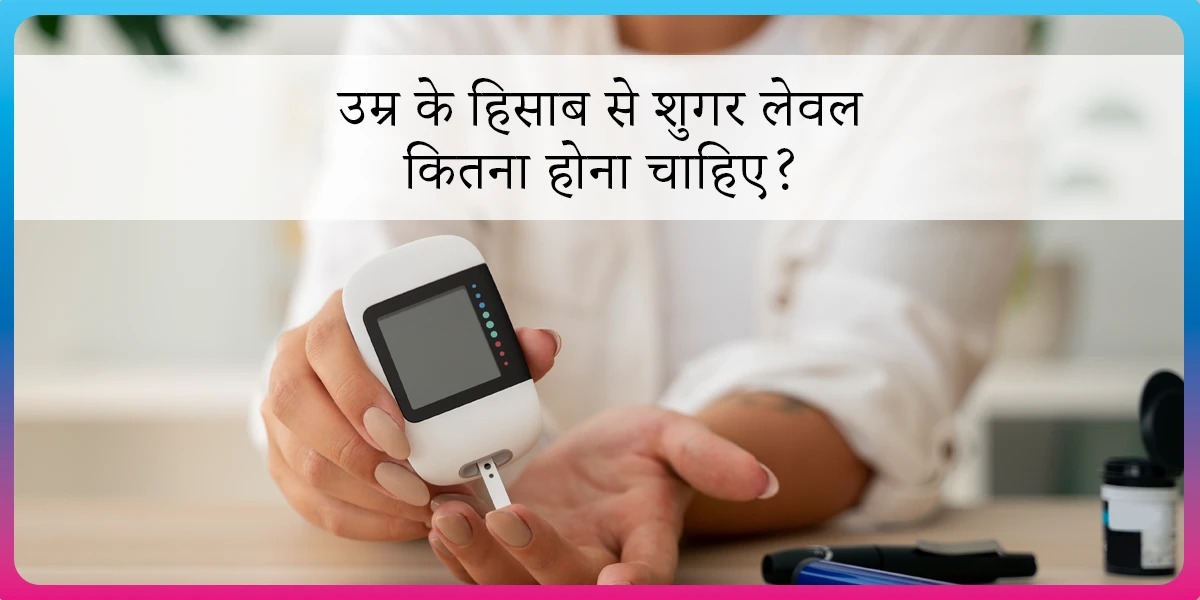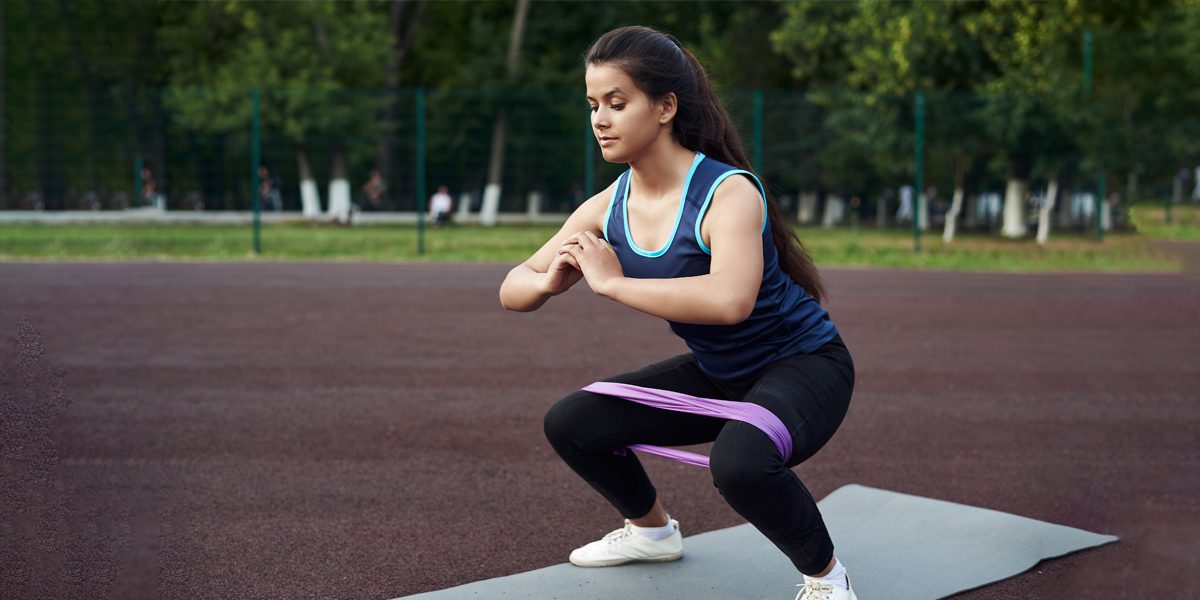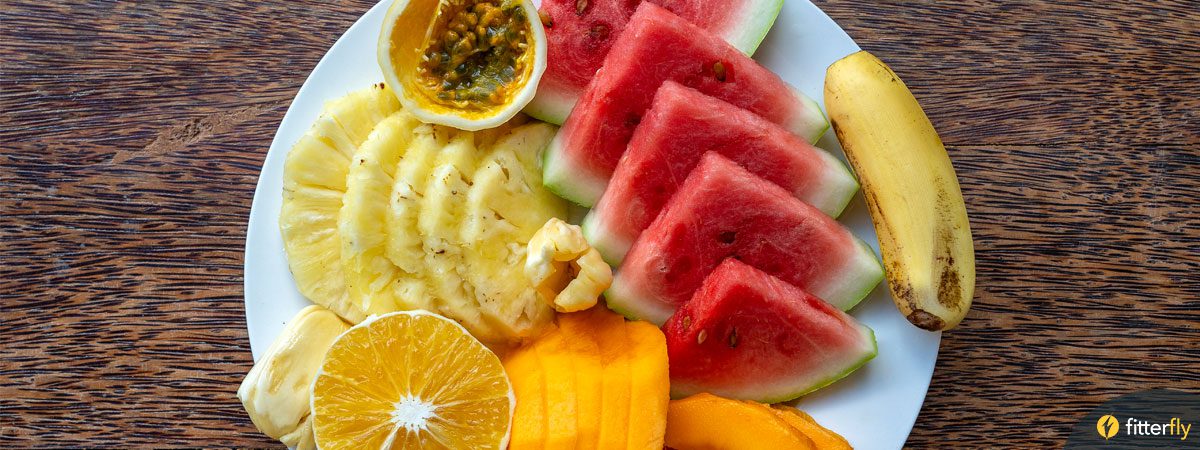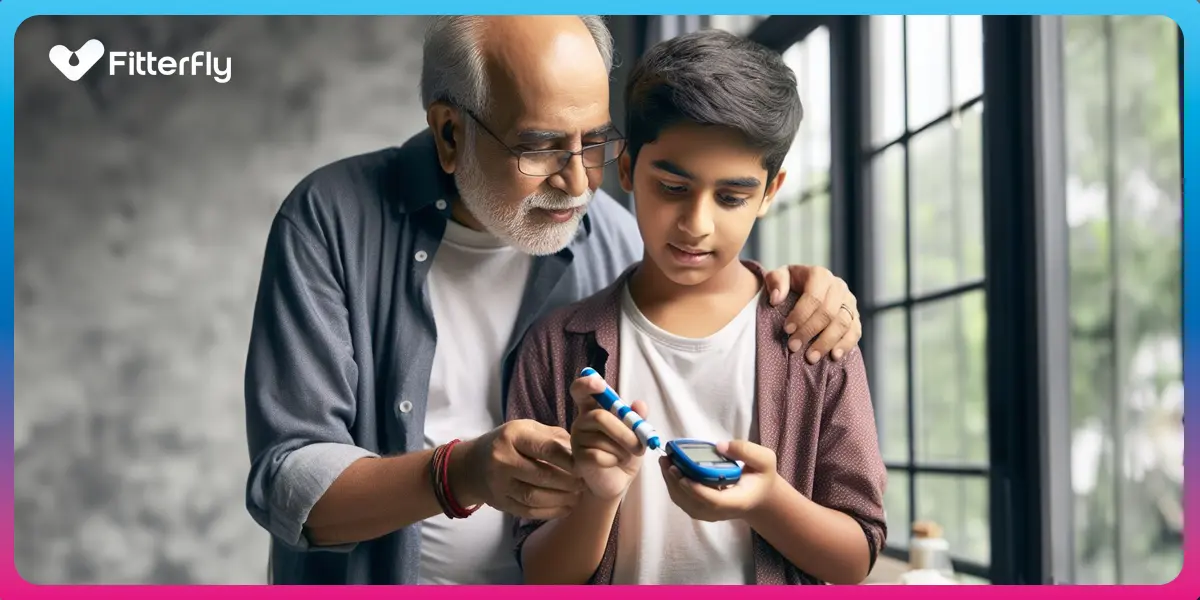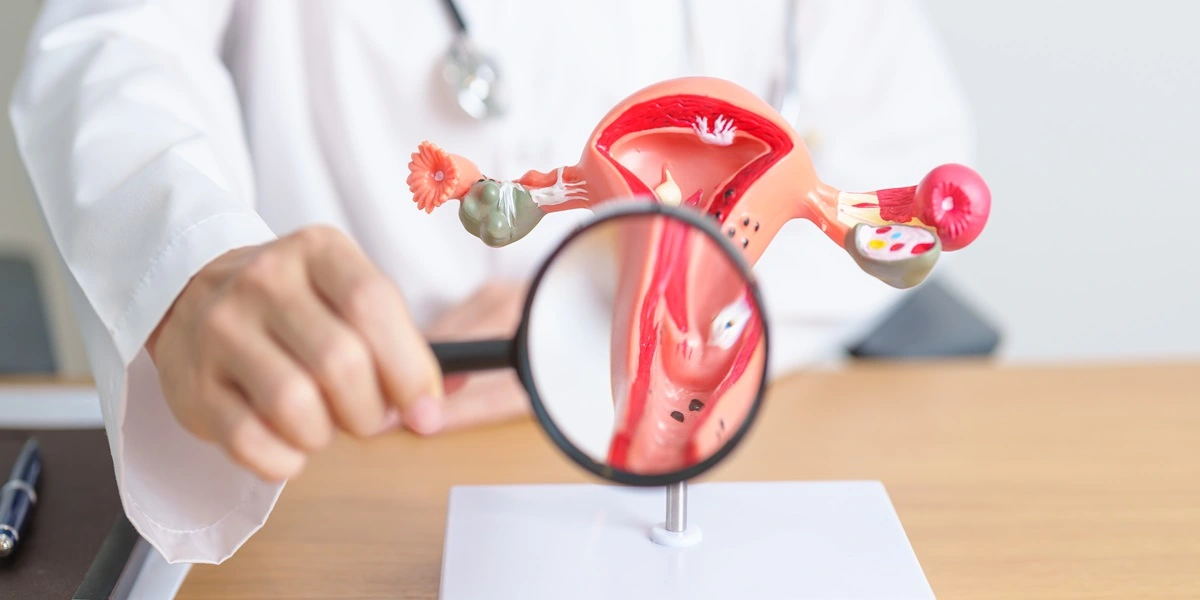Is Bajra Good for Diabetes? Benefits, GI and How to Eat It
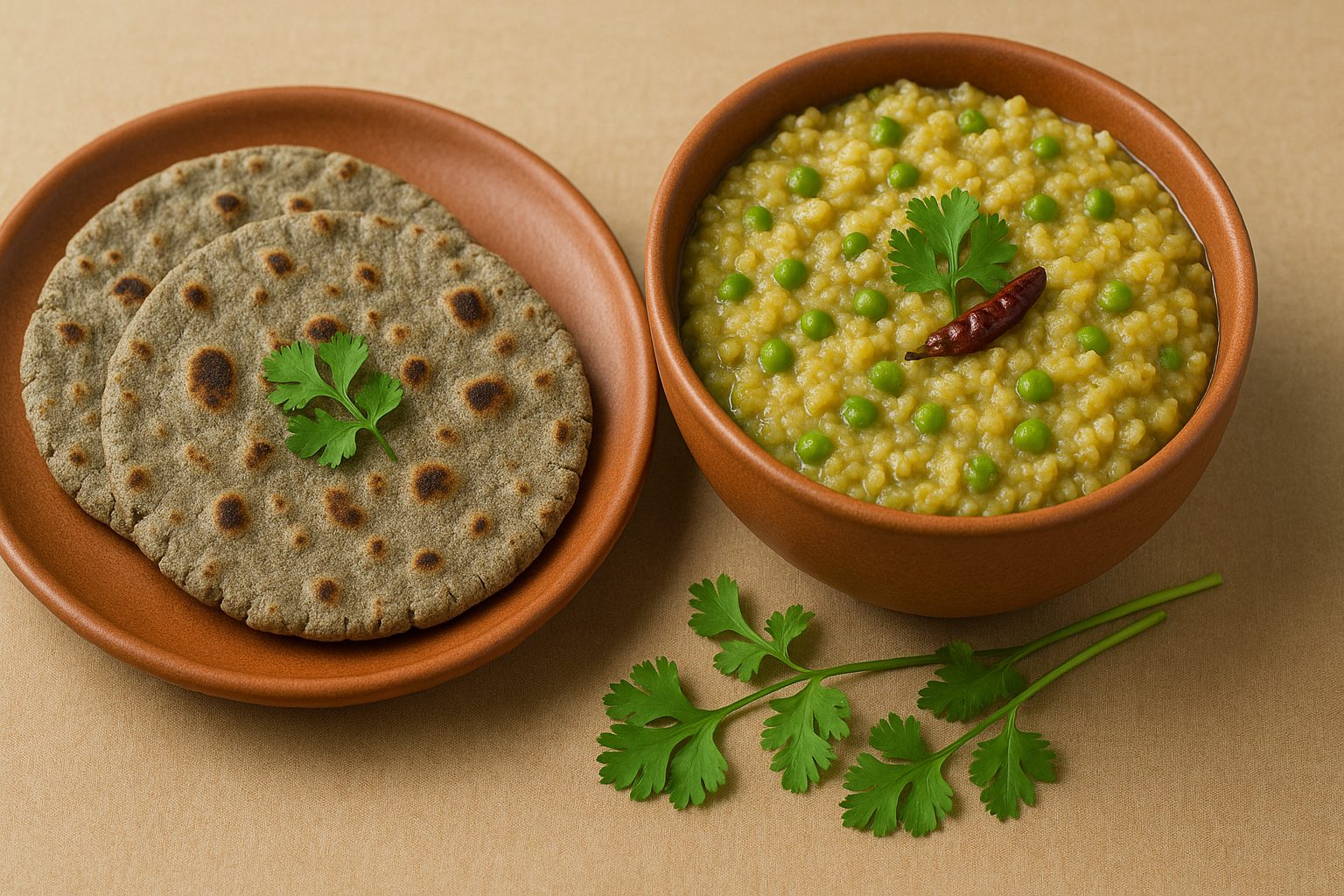
Bajra, also known as pearl millet, has been a part of Indian kitchens for centuries. Especially during the colder months, it’s a common sight in the form of rotis, bhakris, or khichdi in states like Gujarat, Rajasthan, and Maharashtra. Beyond being comforting and filling, bajra is now being explored for its role in managing blood sugar, a growing concern in many Indian households.
One of the reasons bajra is considered diabetes-friendly is that it digests slowly. This slower digestion leads to a steadier release of glucose into the bloodstream, helping avoid sudden sugar spikes after meals.
That said, even though bajra is generally good for diabetes, it may not work for everyone in the same way. Your taste, daily routine, or family meals might need something different. A one-on-one consultation with our expert nutritionist can help you figure out which foods specifically suit your body and which ones to avoid without giving up on what you love.
Glycemic Index of Bajra
The glycemic index of bajra (pearl millet) in its natural grain form is around 54, which places it in the low-to-medium GI range. To make these numbers easier to understand, a GI below 55 is considered low, 56–69 is medium, and 70 or above is high. Foods with a lower GI help manage blood sugar better because they release glucose slowly into the bloodstream.
| Interestingly, when bajra is made into a roti, one of the most common ways it’s eaten in Indian homes, it performs even better. Studies show that bajra roti has a glycemic index of 48.6 ± 5.42, making it a smart and diabetes-friendly option for regular meals in the recommended amount. |
How Bajra Compares to Other Indian Grains
When planning meals for diabetes, it’s helpful to compare the grains you eat regularly. Here’s how bajra stands next to other common options. Also, just so you can understand these numbers easily,
| Grain / Food | Glycemic Index (GI) | Is it Diabetes-Friendly? |
| Bajra | 54 | ✅ Yes – Low GI, suitable for regular meals in recommended quantity |
| Wheat flour | 63 | ⚠️ In moderation – Medium GI, watch portions |
| Rice | 79 | Not great, High GI can spike blood sugar. Eat in moderation |
| Barley | 65 | ⚠️ In moderation – Medium GI, pair with fiber |
| Oats | 55 | ✅ Yes – Low GI, it’s a good option |
This shows that bajra is a better choice than wheat and rice when it comes to maintaining stable blood sugar levels.
Nutritional Value of Cooked Bajra (per 100g)
Apart from a favourable GI, bajra is rich in nutrients that support overall health. It provides a good mix of carbohydrates, fibre, and protein, along with key minerals:
| Nutrient | Amount |
| Calories | 348 kcal |
| Carbohydrates | 67 g |
| Fibre | 1.2–1.5 g |
| Protein | 10.6–12.5 g |
| Fat | 4.8–5 g |
| Iron | 8 mg |
| Magnesium | 137 mg |
These nutrients make bajra not only filling but also beneficial for managing energy levels, digestion, and satiety, important factors in a diabetes-friendly diet.
How to Include Bajra in Your Meals
You don’t need to change your eating habits to start using bajra completely. Many familiar Indian dishes can easily be adapted using this grain:
1. Bajra Roti: Have it with sabzi and dal, or pair it with sprouts and leafy greens like methi or palak.
2. Bajra Khichdi: Combine bajra with moong dal and seasonal vegetables like lauki, carrots, or cabbage. It’s hearty, comforting, and well-balanced.
3. Bajra Upma: Soak bajra overnight and cook it with onions, peas, carrots, and roasted peanuts for a protein-fibre-rich twist on a breakfast classic.
4. Bajra Salad: Cooked and cooled bajra can be mixed with cucumber, tomatoes, chickpeas, and lemon juice for a light lunch or dinner.
These meals are not only tasty but also help manage blood sugar when paired with vegetables and protein.
Recommended Portion and Meal Timing
While bajra is a better grain choice for diabetes, portion size still matters. For most adults:
- 30–50 grams of bajra per meal, depending on your BMI. That’s roughly 1 medium bajra roti or 1 small bowl of bajra khichdi.
- Best consumed during lunch or dinner, when it can be combined with vegetables and protein for better blood sugar control
Things to Watch Out For While Eating Bajra
Bajra is safe for most people, but there are a few things to keep in mind:
- Overeating, even healthy grains, can still raise blood sugar
- Improperly cooked bajra can cause bloating or digestive issues
- People with thyroid concerns should speak to their doctor before consuming bajra in large, regular quantities due to its goitrogen content
How We At Fitterfly Can Help You?
Even though bajra is a smart option, managing diabetes isn’t just about switching one grain for another. What about the dishes you really love, like sweets during festivals or that mango in summer?
At Fitterfly, we help you figure out how to make space for the foods that matter to you. Our expert coaches look at your current eating habits, lifestyle, and health goals to create a personalised plan that’s realistic and sustainable.
Instead of a one-size-fits-all list, you get advice tailored to your body, your taste, and your routine.
📞 Call 08068507599 to speak to our team
This blog provides general information for educational and informational purposes only and shouldn't be seen as professional advice.
Frequently Asked Questions
Can I eat bajra every day?
Yes, in moderate portions as part of a balanced diet.
Is bajra better than wheat for diabetes?
Yes, because it has a lower glycemic index and keeps sugar levels more stable.
Is bajra gluten-free?
Yes, it’s naturally gluten-free.
What time of day is best to eat bajra?
Lunch or dinner, especially when paired with fiber and protein.
Does bajra cause sugar spikes?
Not when eaten in the right portion and paired with vegetables and protein.
Can everyone eat bajra?
Most people can, but those with digestion or thyroid concerns should consult a doctor.











